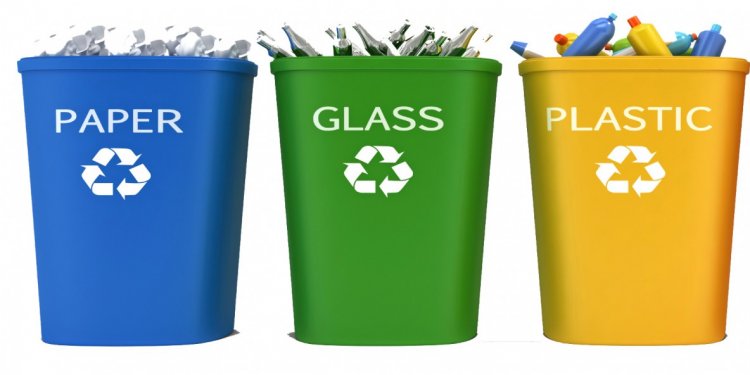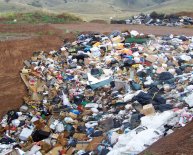
Commercial Waste Disposal Regulations
According to 2008 Statewide Waste Characterization data, the commercial sector generates nearly three fourths of the solid waste in California. Furthermore, much of the commercial sector waste disposed in landfills is readily recyclable. Increasing the recovery of recyclable materials will directly reduce greenhouse gas emissions (GHG) emissions. In particular, recycled materials can reduce the GHG emissions from multiple phases of product production; including extraction of raw materials, preprocessing and manufacturing. A cobenefit of increased recycling is avoided methane emissions at landfills from the decomposition of organic materials. Use of composted organic materials also provides environmental benefits such as carbon storage in soils and reduced use of fertilizers, pesticides, and water.
Mandatory Commercial Recycling was one of the measures adopted in the Assembly Bill 32 Scoping Plan by the Air Resources Board (ARB) pursuant to the California Global Warming Solutions Act (Chapter 488, Statutes of 2006). The Mandatory Commercial Recycling Measure focuses on increased commercial waste diversion as a method to reduce GHG emissions. It is designed to achieve a reduction in GHG emissions of 5 million metric tons of carbon dioxide (CO2) equivalents. To achieve the measure’s objective, an additional 2 to 3 million tons of materials annually will need to be recycled from the commercial sector by the year 2020 and beyond.
The regulation was adopted at CalRecycle’s January 17, 2012 Monthly Public Meeting. This regulation reflects the statutory provisions of AB 341 (Chapter 476, Statutes of 2011 [Chesbro, AB 341]) and provides additional procedural clarifications. The regulation was approved by the Office of Administrative Law on May 7, 2012 and became effective immediately. On June 27, 2012 the Governor signed Senate Bill 1018 which included an amendment that requires a business that generates 4 cubic yards or more of commercial solid waste per week to arrange for recycling services.
Purpose
To reduce GHG emissions by diverting commercial solid waste to recycling efforts and to expand the opportunity for additional recycling services and recycling manufacturing facilities in California.
Key Roles
A property owner of a commercial business or multifamily residential dwelling may require tenants to source separate their recyclable materials to aid in compliance with this section.
CalRecycle advises businesses to contact their local recycling coordinator to find out how to recycle in their community and if there are any specific requirements in their community. Communities may have mandatory commercial recycling ordinances with different thresholds or more specific business recycling requirements than the state law. The local recycling coordinator also may have related business opportunities and/or resources to share.

















